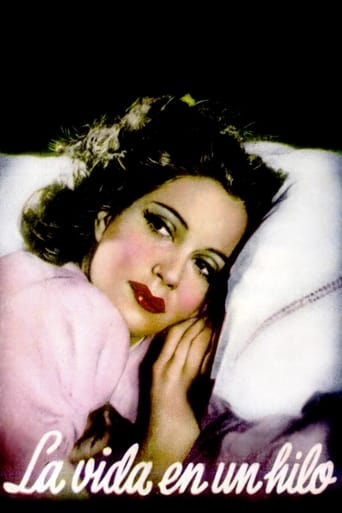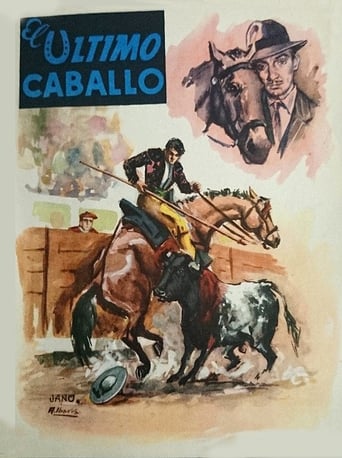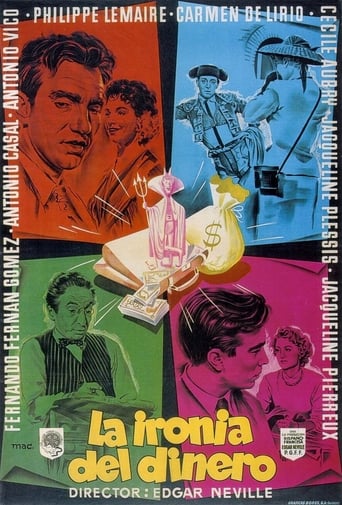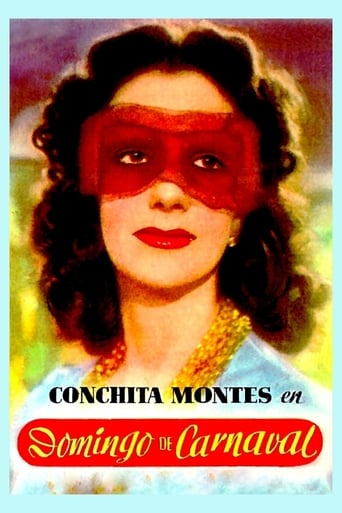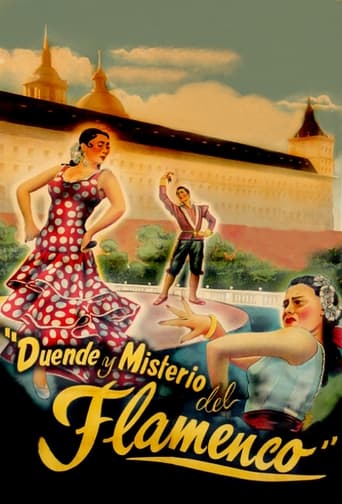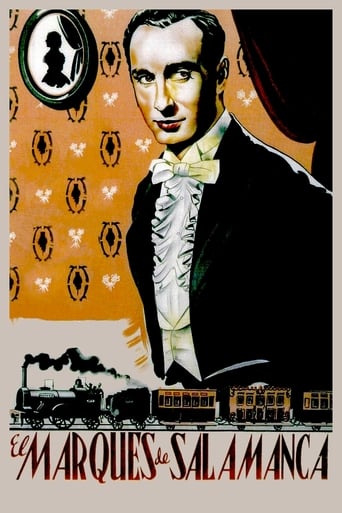La vida en un hilo 1945
After burying his late husband, a young widow leaves his provincial life and heads to the city. It was a very hard stage in her life, and she had to bear it with resignation, but now she's willing to make up for lost time. On the way to the city, she meets a fortune teller who will talk to her about the decisions she made or could have made.
